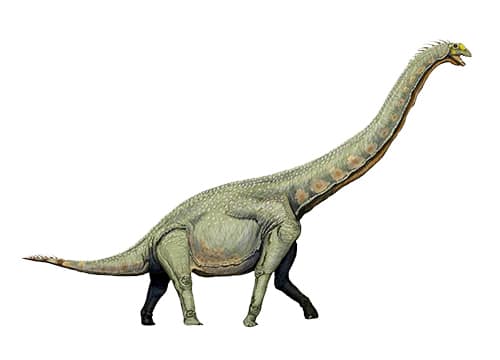Euhelopus


Name: Euhelopus
Pronounced: You-he-lo-pus 
Meaning: True marsh foot
Type: Sauropod
Length: 10 - 15 meters long
Diet: Herbivore
Period: Late Jurassic
Years: 154-142 million years ago
Location: China
Description: Euhelopus is a genus of large, herbivorous dinosaur that lived during the Early Cretaceous Period, about 125-100 million years ago. It was a member of the group of dinosaurs called the sauropods, which includes some of the largest animals that have ever lived on land. Euhelopus was a massive dinosaur, with an estimated length of up to 60 feet and a weight of up to 15-20 tons. It had a long, slender neck and a small head with a mouth full of small, grinding teeth. It had a long, flexible tail and four massive, column-like legs, which it used to support its enormous weight. Euhelopus is known from a number of well-preserved fossil specimens, including several complete skeletons and skulls, which have helped paleontologists learn more about the anatomy and behavior of this dinosaur. It is known from China and Mongolia, and is named after the Greek words 'eu', which means 'well', and 'helos', which means 'marsh', in reference to the type of habitat in which it is thought to have lived. Euhelopus was a herbivorous dinosaur, feeding on a variety of plants including ferns, cycads, and conifers. It is considered a primitive sauropod, and is thought to be closely related to other members of this group such as Diplodocus and Apatosaurus. Euhelopus is important because it is one of the few known sauropods that is known from well-preserved fossil specimens, and provides important evidence for the evolutionary relationships and diversity of these animals. It is also significant because it is one of the few known dinosaurs that is known from Asia, and helps to shed light on the diversity of dinosaurs in this region.
Loading images from Wikipedia
Loading a Random Dinosaur...


